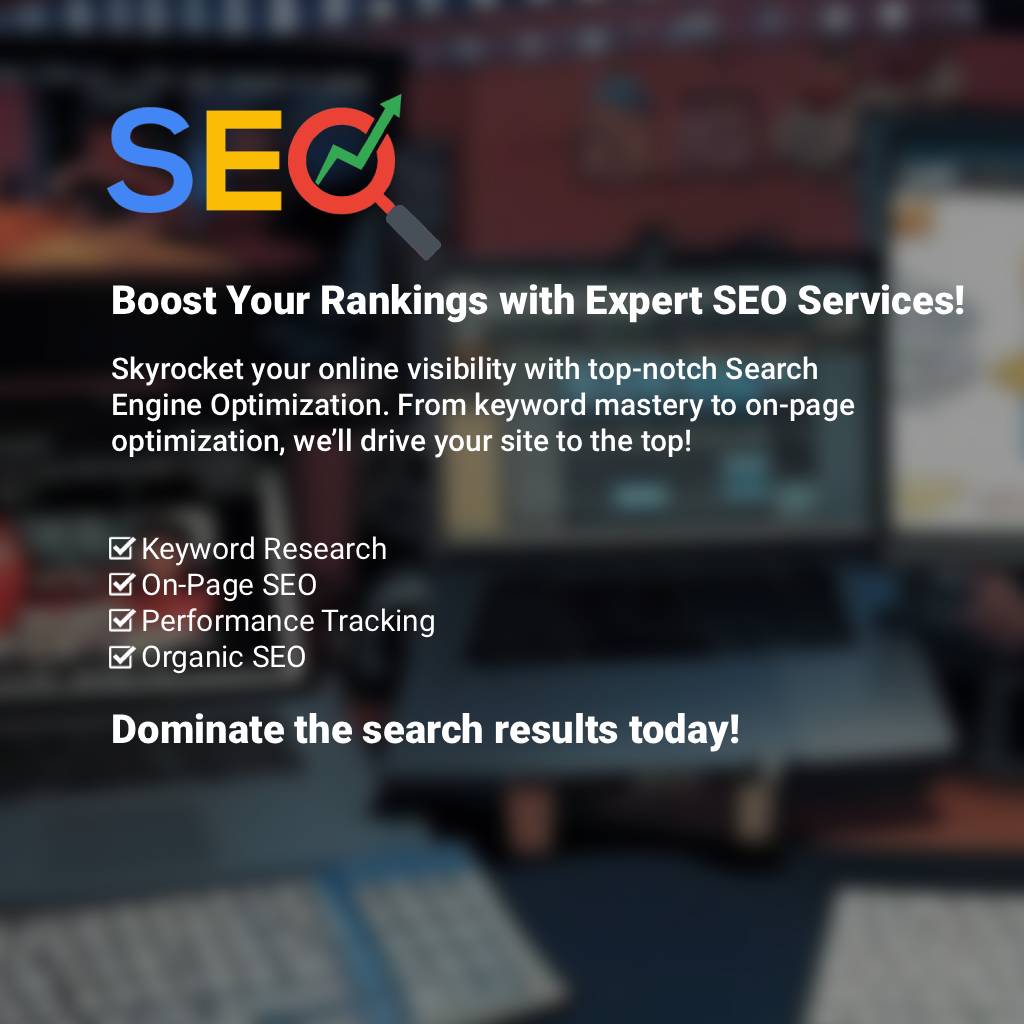Post at a Glance
ATS-Friendly Resume Highlights
In today’s competitive job market, getting your resume noticed by recruiters can feel like navigating a maze. One critical tool that stands between your application and a recruiter’s eyes is the Applicant Tracking System (ATS).
Understanding what an ATS is, why recruiters rely on it, and how to optimize your ATS-Friendly Resume can significantly boost your chances of landing an interview. This comprehensive guide will walk you through the essentials of crafting an ATS-Friendly Resume, including its definition, best practices, ideal structure, and insights into the recruiting process.
What is an ATS Resume?

An Applicant Tracking System (ATS) is software used by employers to manage and streamline the hiring process. It automates the initial screening of job applications by scanning resumes for specific keywords, skills, qualifications, and other criteria outlined in the job description. An ATS-Friendly Resume is designed to be machine-readable, ensuring it passes this initial screening. ATS systems help organizations handle large volumes of applications efficiently, ensuring that only the most relevant candidates move forward to human review.
ATS software is widely adopted across industries, with studies indicating that over 90% of large companies and many mid-sized firms use it. Popular ATS platforms include Taleo, Workable, Greenhouse, and Jobvite. These systems parse resume content, rank candidates based on their alignment with the job requirements, and store applicant data for future reference. For job seekers, this means your ATS Friendly Resume must be tailored to pass the ATS gatekeeper before it reaches a recruiter.
Why Do Recruiters Use ATS for Resumes?
Recruiters face immense pressure to fill positions quickly while sifting through hundreds—or even thousands—of applications for a single role. The sheer volume of resumes makes manual review impractical, especially for high-demand positions. ATS systems solve this problem by automating the initial screening process, saving time and resources, and making an ATS-Friendly Resume essential for candidates. Here’s why recruiters rely on ATS:
- Efficiency: ATS systems can process hundreds of resumes in seconds, identifying top candidates based on predefined criteria. This allows recruiters to focus on reviewing a shortlist of ATS-Friendly Resumes rather than wading through every application.
- Consistency: By using standardized criteria, ATS ensures fair and objective screening, reducing human bias in the initial stages of recruitment.
- Keyword Matching: Recruiters input specific keywords related to skills, qualifications, and experience into the ATS. The system ranks ATS-Friendly Resumes based on how closely they match these terms, ensuring alignment with the job’s requirements.
- Organization: ATS platforms store and categorize applicant data, making it easy for recruiters to track candidates, schedule interviews, and revisit ATS-Friendly Resumes for future roles.
- Scalability: For companies with high hiring volumes, ATS systems scale effortlessly, handling multiple job postings and candidate pools simultaneously.
From the recruiter’s perspective, ATS is a lifeline in a fast-paced hiring environment. However, it also means that candidates must optimize their ATS-Friendly Resume to align with the system’s logic to avoid being filtered out prematurely.
The Recruiting Side of ATS-Friendly Resumes
To understand how to craft an ATS-Friendly Resume, it’s helpful to see the process from the recruiter’s viewpoint. When a job is posted, recruiters or hiring managers create a job description with specific requirements, such as years of experience, technical skills, certifications, or soft skills. These requirements are translated into keywords and criteria programmed into the ATS.
Once applications start rolling in, the ATS scans each resume, extracting data like contact information, work history, education, and skills. It then assigns a score to each ATS Friendly Resume based on its relevance to the job criteria. Resumes with high scores—those containing the most relevant keywords and qualifications—rise to the top, while others may be flagged as “not qualified” or buried in the system.
Recruiters typically review only the top-scoring ATS-Friendly Resumes, often 10-20% of the total applicant pool. This means that even highly qualified candidates can be overlooked if their resume isn’t ATS-optimized. For example, a candidate with extensive experience might be filtered out if their ATS-Friendly Resume uses unconventional formatting, lacks relevant keywords, or includes graphics that the ATS can’t parse.
Recruiters also use ATS to track candidates throughout the hiring process, from initial screening to interviews and offers. Some systems allow recruiters to add notes, rank candidates, or communicate directly with applicants. Understanding this workflow underscores the importance of creating an ATS-Friendly Resume that not only passes the ATS but also appeals to human reviewers once it reaches them.
Best Practices for Crafting an ATS-Friendly Resume
Creating an ATS-Friendly Resume requires a balance between machine readability and human appeal. Follow these best practices to ensure your resume makes it through the ATS and impresses recruiters:
- Use Relevant Keywords: Carefully review the job description and identify keywords related to skills, qualifications, and responsibilities. Incorporate these exact terms naturally into your ATS-Friendly Resume, especially in the skills, experience, and summary sections. For example, if the job requires “project management,” use that phrase instead of a synonym like “team coordination.”
- Keep Formatting Simple: ATS systems struggle with complex formatting, such as tables, columns, headers, footers, or unusual fonts. Stick to a clean, straightforward layout with standard fonts like Arial, Calibri, or Times New Roman (size 10-12). Use bold or italic text sparingly for emphasis, and avoid decorative elements like borders or logos to ensure your ATS-Friendly Resume is easily parsed.
- Avoid Graphics and Images: ATS software cannot interpret images, charts, or infographics. Including these elements may cause the system to skip over critical information or reject your ATS-Friendly Resume entirely. Save creative designs for portfolios or interviews.
- Use Standard Section Headings: Label sections clearly with conventional terms like “Work Experience,” “Education,” “Skills,” or “Professional Summary.” Avoid quirky headings like “My Journey” or “What I’ve Done,” as ATS may not recognize them in your ATS-Friendly Resume.
- Include File Compatibility: Save your ATS-Friendly Resume as a .docx or .pdf file, as most ATS systems are compatible with these formats. However, check the job posting for specific instructions, as some employers prefer one format over the other. Avoid .jpg, .png, or other image-based files.
- Tailor Your Resume for Each Job: Generic resumes rarely pass ATS filters. Customize your ATS-Friendly Resume for each application by aligning your skills, experience, and keywords with the specific job description. This targeted approach increases your ATS score and demonstrates your fit for the role.
- Quantify Achievements: Whenever possible, include measurable results in your work experience section, such as “Increased sales by 20%” or “Managed a team of 10 employees.” Numbers stand out to both ATS and human reviewers, showcasing your impact in your ATS-Friendly Resume.
- Spell Out Acronyms: ATS may not recognize abbreviations or acronyms. For example, write “Customer Relationship Management (CRM)” the first time, then use “CRM” later. This ensures the system captures both forms in your ATS Friendly Resume.
- Proofread Carefully: Typos or grammatical errors can confuse ATS and make a poor impression on recruiters. Use tools like Grammarly or enlist a trusted friend to review your ATS-Friendly Resume for accuracy.
- Test Your Resume: Before submitting, run your ATS-Friendly Resume through an online ATS resume checker, such as Jobscan or Resunate. I also tried Enhancv’s free ATS Resume Checker and it did a great job at no cost.
- These tools analyze your resume against job descriptions and provide feedback on keyword optimization and formatting.
By following these practices, you’ll create an ATS-Friendly Resume that navigates the ATS successfully while remaining compelling for human readers.
The Structure of a Good ATS-Friendly Resume
A well-structured ATS-Friendly Resume is clear, concise, and organized to maximize readability for both software and recruiters. Here’s a recommended structure, along with tips for each section:
1. Contact Information
- What to Include: Full name, phone number, professional email address, city and state (optional), LinkedIn URL (optional).
- Tips: Place this section at the top of the page in plain text. Avoid including your full address unless required, and ensure your email is professional (e.g., firstname.lastname@gmail.com). Do not embed contact details in headers or footers, as ATS may skip them in your ATS Friendly Resume.
2. Professional Summary (Optional)
- What to Include: A brief 3-4 sentence overview of your qualifications, tailored to the job. Highlight key skills, experience, and achievements that align with the role.
- Tips: Use keywords from the job description and keep it concise. For example: “Results-driven marketing professional with 5+ years of experience in digital campaign management, SEO, and content creation. Proven ability to increase website traffic by 30% through data-driven strategies.”
3. Skills
- What to Include: A bulleted list of relevant hard and soft skills, such as “Python,” “Data Analysis,” “Team Leadership,” or “Customer Service.”
- Tips: Match skills to the job description and prioritize those mentioned explicitly. Avoid overloading this section; aim for 8-12 skills to maintain focus in your ATS-Friendly Resume.
4. Work Experience
- What to Include: Job title, company name, location (city, state), dates of employment (month/year), and 4-6 bullet points describing responsibilities and achievements.
- Tips: Use action verbs (e.g., “developed,” “managed,” “improved”) and incorporate keywords. Quantify results where possible (e.g., “Reduced costs by 15% through process optimization”). List experience in reverse chronological order, starting with your most recent role.
5. Education
- What to Include: Degree, major, institution name, location, and graduation year. Optionally include relevant coursework, honors, or GPA (if above 3.5 and recent graduate).
- Tips: Place this section after work experience unless you’re a recent graduate with limited experience. Use standard degree names (e.g., “Bachelor of Science” instead of “B.S.”).
6. Certifications (Optional)
- What to Include: Certification name, issuing organization, and date earned or expiration date.
- Tips: List certifications relevant to the job, such as “Certified ScrumMaster” or “Google Analytics Certification.” Spell out acronyms for clarity.
7. Additional Sections (Optional)
- What to Include: Relevant sections like “Projects,” “Volunteer Experience,” or “Professional Affiliations” if they strengthen your candidacy.
- Tips: Keep these sections brief and keyword-focused. Avoid personal hobbies unless they directly relate to the role.
Sample ATS-Friendly Resume Structure
[Your Full Name]
[Phone Number] | [Email Address] | [City, State] | [LinkedIn URL]
Professional Summary
[3-4 sentences summarizing qualifications and skills, using job-specific keywords.]
Skills
- Skill 1
- Skill 2
- Skill 3
- [Continue for 8-12 relevant skills]
Work Experience
Job Title
Company Name, City, State
MM/YYYY – MM/YYYY
- [Bullet point with achievement or responsibility]
- [Bullet point with achievement or responsibility]
- [Continue for 4-6 bullets]
Job Title
Company Name, City, State
MM/YYYY – MM/YYYY
- [Bullet point with achievement or responsibility]
- [Continue for 4-6 bullets]
Education
Degree, Major
Institution Name, City, State
Graduation Year
Certifications
- Certification Name, Issuing Organization, Date Earned
- [Additional certifications as needed]Final Tips for Crafting an ATS-Friendly Resume
Crafting an ATS-Friendly Resume is a strategic process that requires attention to detail and customization. Here are a few additional tips to set you apart:
- Research the Company: Beyond the job description, explore the company’s website, mission, and values to incorporate relevant terminology into your ATS Friendly Resume.
- Network Alongside Your Application: While ATS optimization is critical, connecting with recruiters or employees on LinkedIn can help your ATS Friendly Resume bypass the system entirely.
- Keep a Master Resume: Maintain a comprehensive document with all your experiences and skills, then tailor it for each job application to save time.
- Stay Current: ATS technology evolves, so stay informed about new trends in resume formatting and keyword strategies.
Outcome
An ATS-Friendly Resume is your ticket to getting noticed in a crowded job market. By understanding what an ATS is, why recruiters use it, and how to structure and optimize your ATS-Friendly Resume, you can significantly improve your chances of landing an interview. Focus on clear formatting, relevant keywords, and a tailored approach to ensure your resume passes the ATS and resonates with human reviewers. With these strategies in hand, you’re well-equipped to navigate the modern hiring landscape and take the next step toward your dream job.
A Special Thanks to Loribeth

I wanted to give a special shout out to Loribeth Pierson a mentor I met while looking for a tech job on LinkedIn. She helped me write my first ATS Resume. With her guidance I was able to create a stellar resume that scored a 98% on Jobscan’s ATS resume checker on my very first scan.
Loribeth specializes in ATS-Friendly Resumes & LinkedIn Profile Makeovers. If you’re looking for a resume that gets seen give Loribeth’s Services a shot. She has over 307 written recommendations She’s super easy to work with and gets results.

Request Web Design or SEO Services
Looking for web design or SEO services? Fill out this short form and we’ll contact you to talk about your project needs. Help us understand your vision so we can deliver a tailored, user-friendly design that effectively represents your brand
















